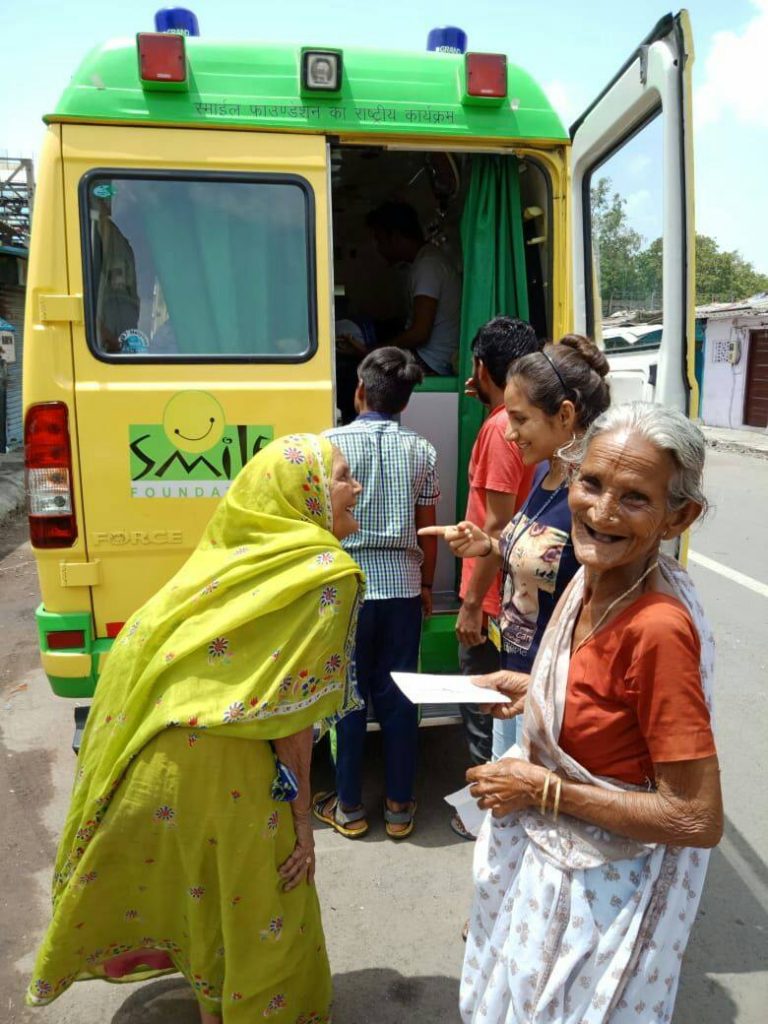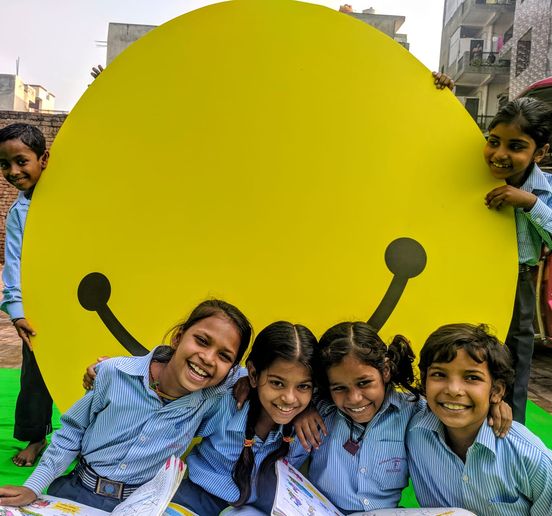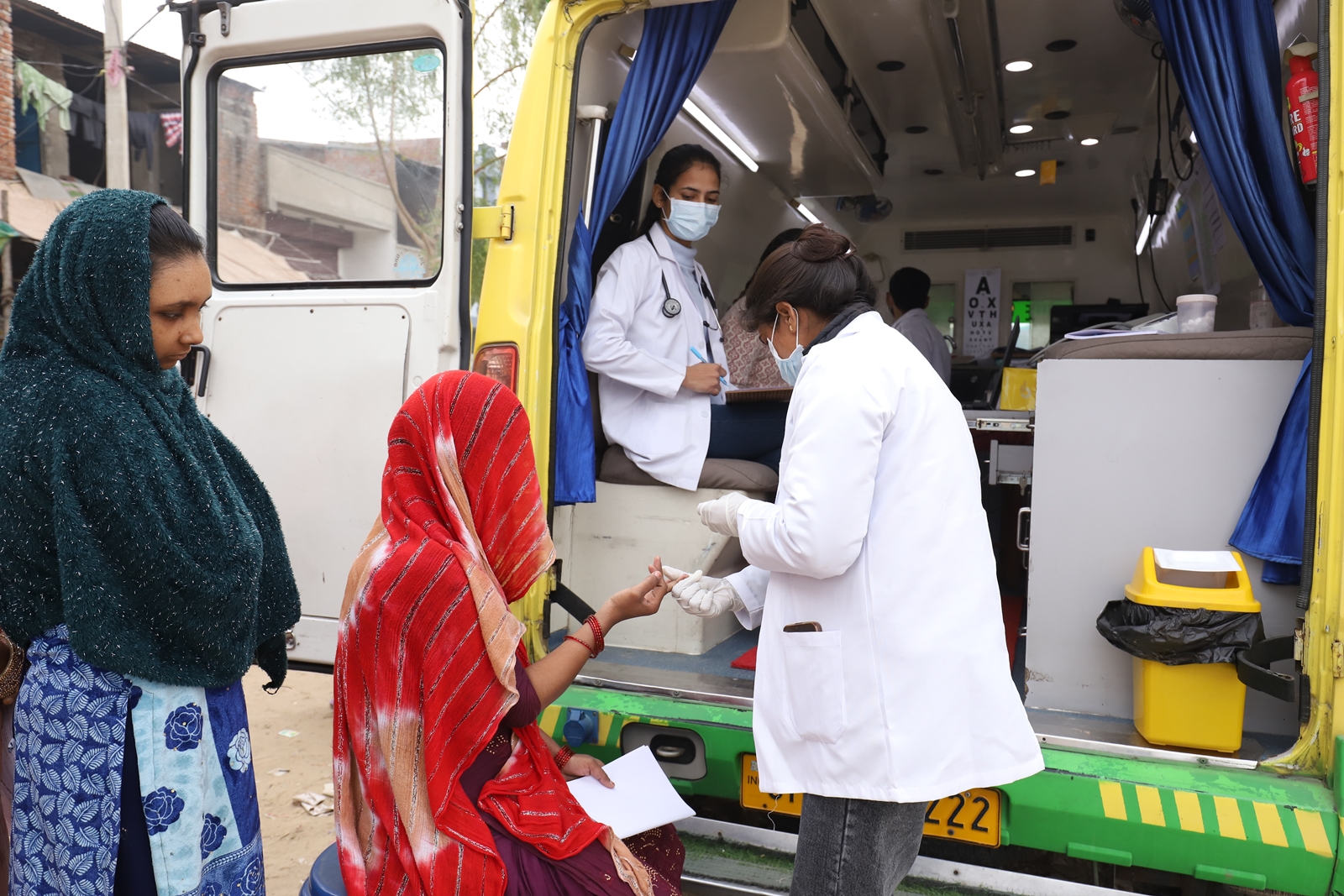Health Expenditure in India has become a critical issue that demands immediate attention. Accessible and inexpensive healthcare services for all citizens are essential in a developing country like India with a sizable population. Increasing government investment in healthcare is essential to fill infrastructure gaps in healthcare, treat the rising disease burden, and enhance population health in general.
According to the World Health Organization (WHO), India’s current government expenditure on healthcare stands at a mere 1.28% of its GDP, falling significantly below the global average of 6%. This inadequate investment has severe consequences for the common people disproportionately burdened by rising health costs.
The constantly increasing costs of medical treatments, medications, and hospitalizations have become major barriers for individuals seeking healthcare services. A study conducted by the National Sample Survey Office (NSSO) revealed that about 55 million Indians are pushed below the poverty line each year due to out-of-pocket health expenses. Families frequently make tough decisions due to this financial burden, compromising their basic needs or going into debt.
Additionally, the discrepancies in access to high-quality healthcare are made worse by the restricted public healthcare expenditure in India, which notably affects rural and vulnerable populations. The difficulties of underprivileged communities further exacerbate due to the burden of preventable diseases, poor infrastructure, and a lack of medical professionals.
It is essential that government spending on healthcare be increased in order to address these urgent challenges. It would make it possible to improve healthcare services, expand healthcare infrastructure, and raise the standard and accessibility of healthcare facilities across the nation. The burden of diseases can also be lessened, and long-term healthcare expenses can be decreased with increased investment in primary healthcare services and preventative healthcare programmes.
Need for increasing government’s healthcare expenditure in India
India’s health expenditure has been increasing in recent years, but it is still well below the global average. In 2019, India’s total health expenditure was 3.2% of GDP, compared to the global average of 9.8%. This means that India is spending less on healthcare than most other countries, even though it has a large and growing population. There are a number of reasons why increasing government spending on healthcare is important in India.
First, it would help to improve the quality of healthcare services available to the public. Currently, many Indians do not have access to quality healthcare, and those who do often have to pay out-of-pocket for their care. This can be a financial burden, especially for poor and vulnerable people.
Even though the government’s share of health spending has increased dramatically over the past several years, the Economic Survey 2022–23 reveals that out-of-pocket health spending is still high in India. Patients in India paid 48.2 percent of all healthcare costs directly at the point of service in the fiscal year 2018–19. For many people, especially those who are poor or vulnerable, this is a significant financial burden.
The survey recommends that the government increase its spending on health to 2.5% of GDP by 2025. This would help to reduce out-of-pocket health expenditure in India and improve access to quality healthcare for all Indians. The survey also highlights the need to strengthen public health systems and provide more affordable health insurance options.
A significant obstacle to India’s efforts to obtain universal health care is the country’s high rate of out-of-pocket health care expenses. The government’s projected increase in health spending is a positive move, but it is crucial to ensure that this money is spent wisely to boost all Indians’ access to high-quality healthcare.
The Hardship of Paying Out-of-Pocket for Healthcare
According to a report by the World Health Organization, 55 million Indians are pushed into poverty every year because of low public expenditure on health in India. This is because people have to pay for their own healthcare, and this can be a financial burden, especially for poor and vulnerable people.
Numerous factors, such as the low level of government spending on health, the high cost of healthcare, and the absence of health insurance, contribute to the high level of out-of-pocket medical expenses. Government funding for health must be increased, and healthcare costs must be reduced. Additionally, the scope of health insurance needs to be improved.
For poor families in India, paying out-of-pocket for healthcare can be a major financial burden.
This is especially true when treating serious illnesses, such as cancer or heart disease. In many cases, families have to sell their assets or take out loans in order to afford the cost of treatment. This can lead to debt, poverty, and even social exclusion.
The high cost of healthcare is a major barrier to access for poor families. This is because they often do not have the money to pay for treatment, even when it is available. As a result, many poor families go without treatment, which can have serious consequences for their health.
More needs to be done by the government to lower the cost of healthcare for low-income households. This entails raising public health spending, extending the reach of health insurance, and offering financial aid to offset the costs of medical care. The government can ensure that everyone in India has access to the healthcare they require regardless of their income by taking these actions.
In conclusion, increasing government health expenditure in India is essential to improve the quality and accessibility of healthcare services in India. This will help to reduce out-of-pocket health expenses and ensure that everyone in India has access to the healthcare they need, regardless of their income.
Smile Foundation and Healthcare
With a population of 140 billion, the delivery of healthcare to every corner of our country has always posed a significant challenge. Approximately 72% of the population resides in rural areas, where access to healthcare infrastructure is limited to a mere 25%. Conversely, urban slum dwellers, largely consisting of migrant populations, face overwhelming livelihood challenges, with health concerns often taking a backseat.
Smile Foundation has developed an all-encompassing and community-centered health programme, Health Cannot Wait, which aims to bring primary healthcare services directly to the doorsteps of underserved communities in both rural and urban India. This program adopts a two-pronged approach, providing both curative and preventive services, thereby addressing the gaps in healthcare availability, accessibility, and affordability.
Thanks to your support, we were able to extend healthcare services to over 1 million people from underserved communities in 2022. Your generosity can help us save even more lives. Please consider making a small donation here, allowing us to reach those who are yet to receive essential medical assistance on a regular basis.









